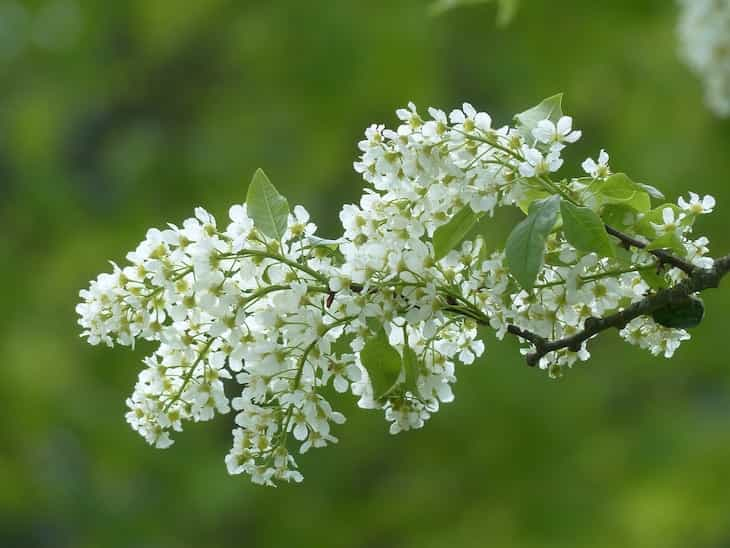If you want your garden to smell like heaven, then try growing bird cherries – it's a beautiful plant with a nice fragrance that can suit your garden well!
This plant isn't just beautiful – it also has some benefits, so it might be a generally great idea to grow it.
Let's find out more about bird cherries and how to grow them.
Attracts birds
Bird cherry, as the name suggests, attracts birds with its small fruits.
The berries provide a food source for birds, which can be enjoyable to watch and help promote biodiversity in your garden.

Ornamental value
Bird cherries also have aesthetic value.
It produces beautiful clusters of white flowers in the spring, adding a touch of beauty to your garden or landscape.
Hardy plant
Bird cherry is a hardy plant that can tolerate different soil conditions and is resistant to many pests and diseases.
This makes it relatively easy to grow and maintain.
Pollinator-friendly
The flowers of bird cherry are attractive to bees and other pollinators.
By growing bird cherries, you can support pollinators, which are essential for the reproduction of many plants and the health of ecosystems.
Sun and soil requirements
Bird cherry prefers a sunny location with well-drained soil.
It can grow in various soil types, including sandy or clay soils, but it thrives best in fertile soil.
Planting
To grow bird cherries, obtain seeds or seedlings from a reputable nursery.
Choose a suitable spot in your garden and prepare the soil by removing any weeds and loosening it with a garden fork.
Plant the seeds or seedlings at the appropriate depth according to the instructions provided.
Watering
Water the newly planted seedlings regularly to help them establish themselves.
Once established, bird cherry is generally drought-tolerant and can survive with natural rainfall.
Previously, we talked about growing helichrysums.









